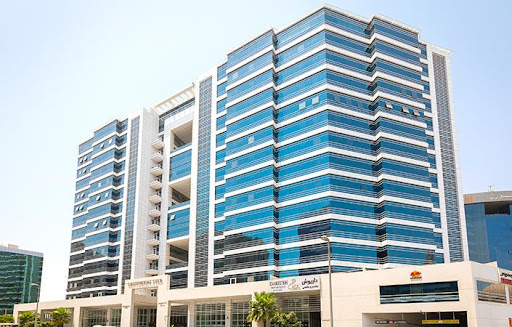FAQ's
Frequently asked questions
Dangerous Goods are items that may endanger the safety to health, property and the environment. Many of the daily use common items like perfumes, paint, dry ice, aerosols sprays, mobile phones and computers with batteries are Dangerous Goods.
If not packaged or handled properly, these items can be very dangerous when transported by air and may cause a fire or the release of toxic fumes.
The International Civil Aviation Organization (ICAO) and the Local Civil Aviation Authority regulations govern the carriage of Dangerous Goods onboard aircraft.
DGR Aviation Training Services is approved by the UAE General Civil Aviation Authority to conduct the full range of Dangerous Goods courses, based on the current IATA Dangerous Goods Regulations and the Civil Aviation Regulations (CAR) Part VI Transport of Dangerous Goods by Air.
The Regulations place this responsibility on the shipper. The classification criteria for each class and division of Dangerous Goods are stipulated in Section 3 of the Dangerous Goods Regulations. You may also find the name of the Dangerous Goods in Section 4 (blue page) of the regulations.
When unsure, seek the advice from the manufacturer or distributor of the item. They should have the data sheet which would normally in most cases assist the shipper to determine if the substance is Dangerous Goods.
In general, yes. But there are many provisions to lithium batteries shipping. It may be fully regulated or excepted from certain requirements of the regulations.
Ask the airline for the specific reason of their rejection. The airline may have their own policy on dangerous goods. IATA DGR 1.2.4 clearly mentioned that airlines are not obliged to transport a particular substance or product and they are free to impose requirements beyond and above the regulations.
Appendix E of IATA Dangerous Goods Regulations contains a list of companies that can supply the packaging you require.
No! Although Limited Quantity packaging is not a UN specification packaging, you cannot use any packaging. When packed for transport, your packaging must be capable of withstanding a 1.2 meter drop test in a position most likely to cause the most damage, without leakage, and be capable of withstanding, without breakage or leakage a 24 hour stacking test. See IATA DGR Section 6.6 for Test Criteria for Limited Quantity Packaging.

